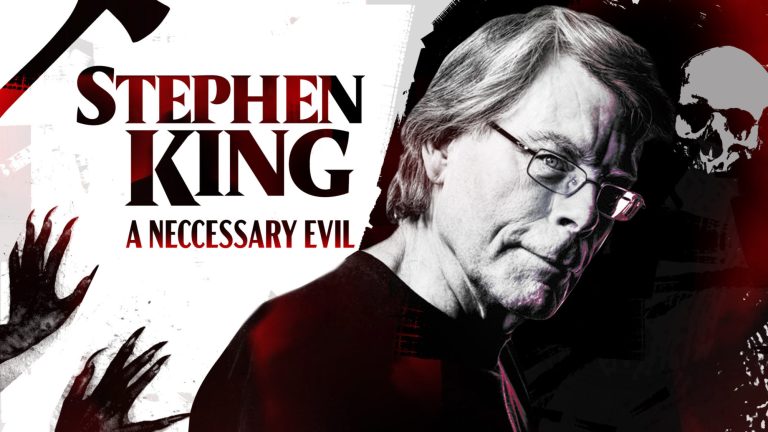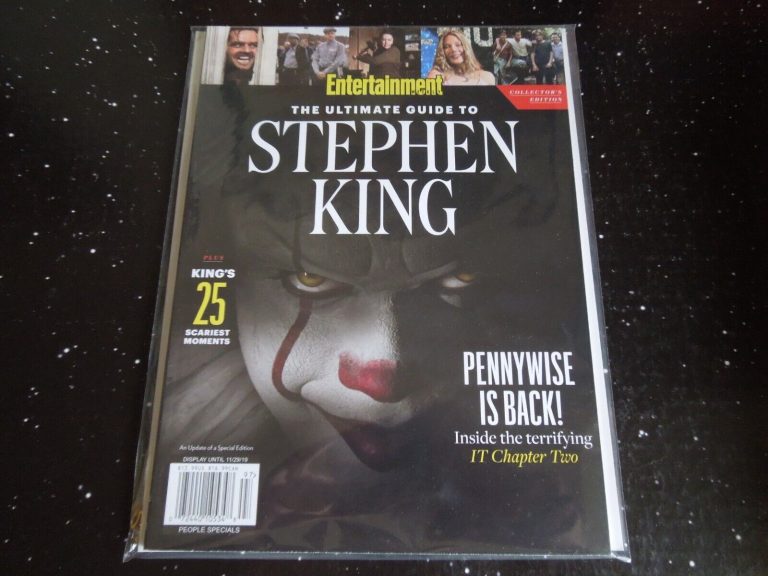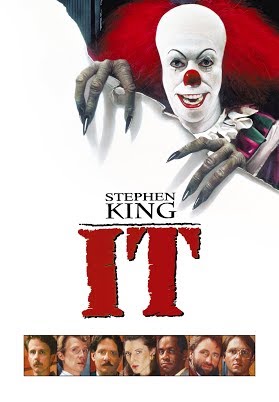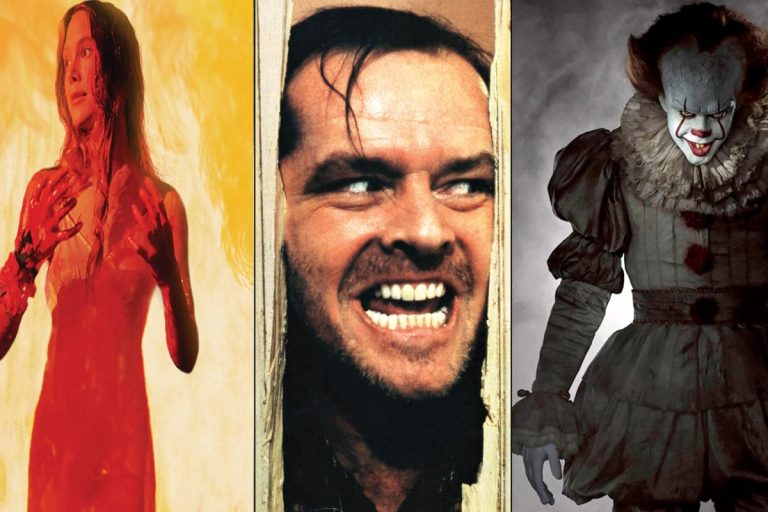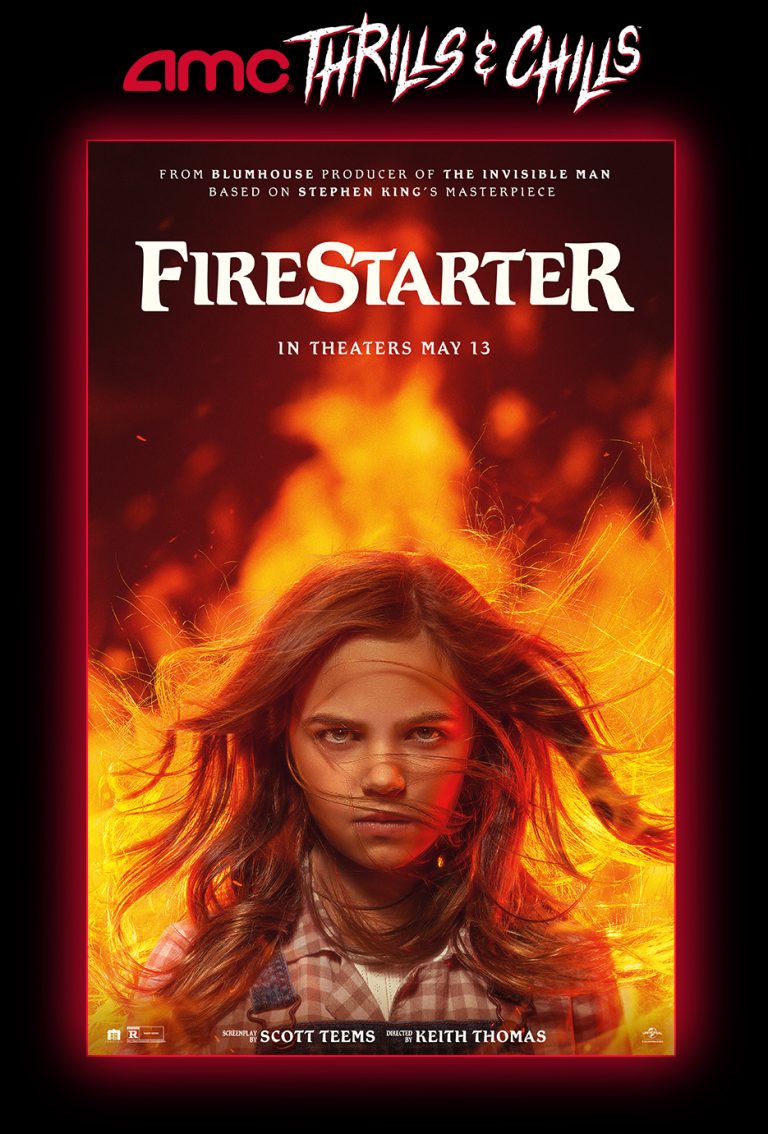The Essential Guide To Stephen King Movie Adaptation Challenges
Welcome to the essential guide to Stephen King movie adaptation challenges! If you’re a fan of Stephen King’s iconic novels and have eagerly awaited their big-screen adaptations, then this article is for you. We’ll dive into the fascinating world of bringing King’s twisted tales to life on the silver screen, exploring the unique challenges faced by filmmakers and the strategies they employ to captivate audiences. From “It” to “The Shining,” King’s works have become cinematic classics, but the journey from page to screen is not without its hurdles. So, grab some popcorn and get ready to discover the secrets behind the magic of Stephen King movie adaptations.
When it comes to adapting Stephen King’s novels, filmmakers are tasked with the daunting challenge of translating the author’s vivid imagination onto celluloid. From the supernatural horrors of “Carrie” to the psychological thrills of “Misery,” every adaptation requires careful consideration to capture the essence of King’s storytelling. Balancing faithful adaptation with creative interpretation is no easy feat, and directors must navigate the tricky terrain of fan expectations while staying true to their own artistic vision.
The key to successful Stephen King adaptations lies in understanding the core elements that make his stories resonate with readers. The dark and atmospheric settings, complex characters, and underlying themes of fear and redemption are what draw audiences to King’s work. By staying true to these fundamental aspects while embracing the visual medium, filmmakers can create a cinematic experience that both honors the source material and stands on its own as a compelling piece of storytelling. So, join us as we unravel the mysteries behind the challenges and triumphs of Stephen King movie adaptations. Get ready to be transported into a world where nightmares come to life and imagination knows no bounds.
The Essential Guide to Stephen King Movie Adaptation Challenges explores the unique difficulties filmmakers face when adapting King’s novels for the big screen. From capturing the essence of his intricate storytelling to satisfying the expectations of die-hard fans, these challenges are not to be taken lightly. Balancing the horror, suspense, and psychological elements that define King’s work requires a delicate touch. This guide delves into the common hurdles faced by directors, screenwriters, and actors, shedding light on how they navigate the intricate world of Stephen King adaptations.
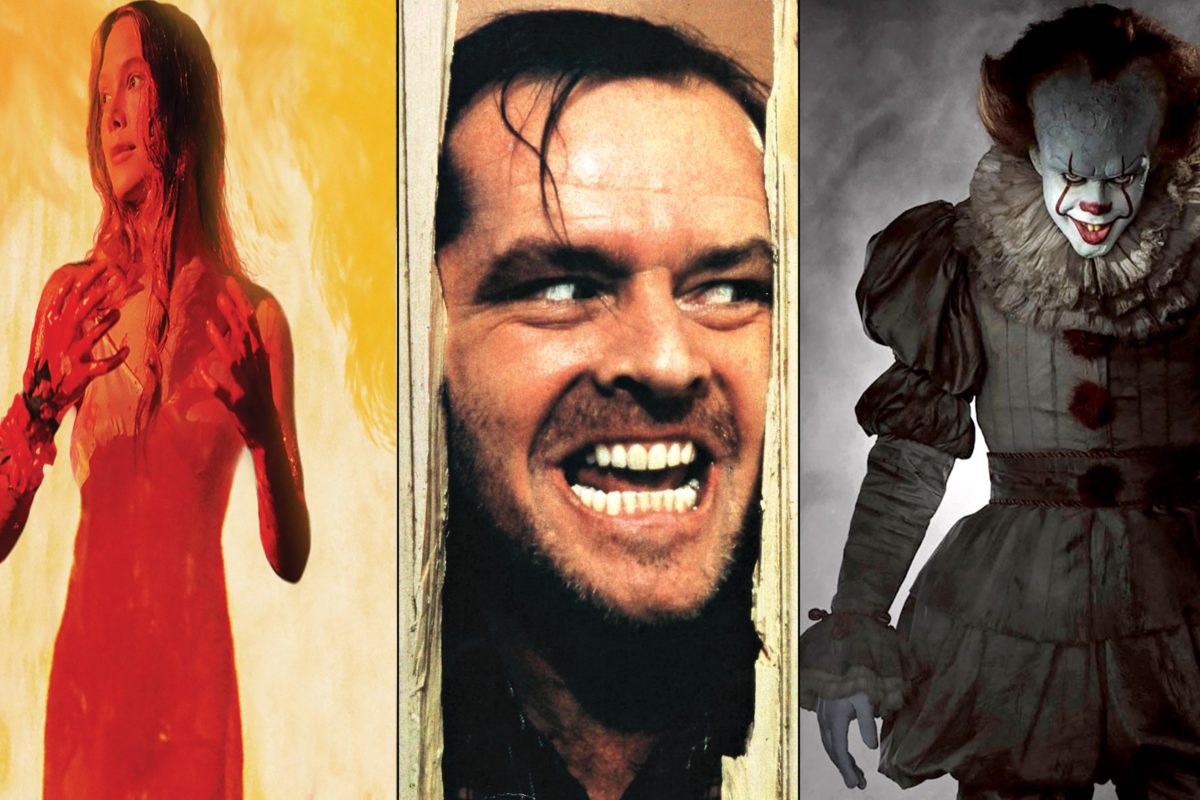
The Essential Guide to Stephen King Movie Adaptation Challenges
Stephen King is one of the most prolific and successful authors of our time. With his vast collection of novels and short stories, it’s no wonder that Hollywood has taken a keen interest in adapting his works for the big screen. However, translating King’s intricate and chilling narratives into successful movies is not without its challenges. In this essential guide, we will explore the unique obstacles that filmmakers face when adapting Stephen King’s novels and delve into the strategies they employ to overcome them.
1. Capturing the Essence of King’s Writing
Adapting Stephen King’s stories is no easy task, as his writing style is known for its rich characterization, atmospheric settings, and intricate plotlines. Filmmakers must carefully consider how to capture the essence of King’s writing and translate it onto the screen. It requires a deep understanding of the source material and a keen eye for the elements that make King’s work so compelling.
One of the challenges lies in portraying the internal thoughts and emotions of the characters, which are often at the core of King’s storytelling. Filmmakers must find creative ways to depict these inner monologues and bring them to life visually. This often involves the use of voice-over narration, visual cues, and subtle performances to convey the depth and complexity of King’s characters.
2. Balancing Faithfulness and Adaptation
Another challenge in adapting Stephen King’s novels is striking the right balance between faithfulness to the source material and making necessary changes for the medium of film. King’s books are often lengthy and contain intricate subplots and multiple characters. Condensing these complex narratives into a two-hour movie can be a daunting task.
Filmmakers must carefully choose which elements to include, which to omit, and which to modify in order to create a cohesive and engaging cinematic experience. This delicate balance requires a deep understanding of the story’s core themes and a keen eye for storytelling. It’s a fine line to walk, as fans of the books expect a certain level of fidelity, while filmmakers must also make the story accessible to a wider audience.
2.1 Streamlining the Plot
Streamlining the plot is often necessary when adapting a Stephen King novel. Filmmakers must identify the central narrative arc and consolidate subplots and secondary characters to create a more streamlined story. This can be a challenging process, as every detail in King’s novels is meticulously crafted and contributes to the overall tapestry of the narrative.
A successful adaptation will maintain the essence of the story while trimming away any extraneous elements that may distract from the main plot. This requires careful consideration of which subplots and characters are essential to the core themes and which can be sacrificed in order to maintain a tight and focused storyline.
2.2 Making Changes for the Medium
Adapting a novel into a film requires making certain changes to accommodate the visual nature of the medium. Filmmakers must find ways to convey the vivid and often terrifying imagery of King’s writing on screen. This can involve visual effects, creative cinematography, and innovative sound design to capture the essence of King’s atmospheric settings and chilling moments.
Additionally, some elements of King’s novels may not translate well to the visual medium and require modifications. For example, internal monologues may need to be externalized through dialogue or visual cues. These changes must be made with care and respect for the source material, ensuring that the integrity of King’s storytelling is preserved.
3. Tackling the Horror Genre
Stephen King is renowned for his mastery of the horror genre, and adapting his chilling tales to the screen comes with its own set of challenges. Filmmakers must find ways to effectively convey the sense of dread, suspense, and terror that permeates King’s writing. This requires a deep understanding of the horror genre and a willingness to push boundaries and take risks.
One of the challenges lies in creating visual representations of the supernatural and the grotesque. King’s novels often feature otherworldly creatures, nightmarish visions, and psychological horrors that can be difficult to translate into believable and impactful visuals. Filmmakers must employ a combination of practical effects, CGI, and clever cinematography to bring these elements to life.
4. Managing Audience Expectations
Stephen King has a dedicated fan base that comes with high expectations for any adaptation of his work. Fans have a deep emotional connection to the characters and stories, and they expect the filmmakers to do justice to their beloved source material. Managing these expectations while also delivering a fresh and engaging cinematic experience is no easy task.
Filmmakers must strike a delicate balance between honoring the original material and offering something new and unexpected. This can involve casting choices, visual interpretations, and narrative changes that may deviate from the fans’ preconceived notions. It requires open communication with the fan community and a willingness to listen to their feedback while still staying true to the filmmaker’s vision.
In conclusion, adapting Stephen King’s novels for the big screen is a challenging endeavor that requires a deep understanding of his writing style, a keen eye for storytelling, and a willingness to push boundaries. Filmmakers must capture the essence of King’s narratives, balance faithfulness and adaptation, tackle the horror genre, and manage audience expectations. By approaching these challenges with creativity and respect for the source material, filmmakers can create memorable and successful adaptations of Stephen King’s work.
Key Takeaways: The Essential Guide to Stephen King Movie Adaptation Challenges
- 1. Stephen King’s novels are complex and often challenging to adapt into movies due to their intricate plots and deep character development.
- 2. The supernatural elements in King’s stories often require creative visual effects and special techniques to bring them to life on the big screen.
- 3. Filmmakers must strike a balance between staying true to the source material and making changes to suit the medium of film.
- 4. Casting is crucial in Stephen King adaptations, as the actors must effectively portray the complex emotions and psychological depth of the characters.
- 5. Adaptation challenges also arise from the need to condense lengthy novels into a manageable runtime, often resulting in the omission of certain subplots or characters.
Frequently Asked Questions
What are the common challenges faced in adapting Stephen King novels into movies?
Adapting Stephen King novels into movies is no easy task. One of the common challenges is capturing the essence of King’s writing style and translating it onto the screen. King’s novels often delve deep into the inner thoughts and emotions of the characters, which can be difficult to convey visually. Filmmakers must find creative ways to capture the psychological horror and suspense that is characteristic of King’s work.
Another challenge is condensing the lengthy novels into a two-hour movie. King’s novels are known for their rich and intricate plots, and fitting all the details into a film can be a daunting task. Filmmakers must make difficult decisions about what to include and what to leave out, while still staying true to the essence of the story.
How do filmmakers maintain the horror elements in Stephen King adaptations?
Maintaining the horror elements in Stephen King adaptations is crucial to capturing the essence of his novels. One key strategy is to focus on building tension and suspense throughout the film. This can be achieved through effective cinematography, sound design, and pacing. Creating a sense of unease and anticipation keeps the audience on the edge of their seats, just as King’s novels often do.
Another important aspect is the portrayal of the supernatural elements in the story. Many of King’s novels involve otherworldly creatures or paranormal occurrences. Filmmakers must find ways to bring these elements to life on screen, using visual effects and practical effects to create a sense of wonder and terror.
How do filmmakers handle the complexity of Stephen King’s characters?
Stephen King is known for creating complex and multi-dimensional characters in his novels. Adapting these characters to the big screen requires careful consideration and skill. Filmmakers must find actors who can bring these characters to life and convey their depth and complexity.
In addition to casting, screenwriters must also make sure that the characters’ motivations and backstories are properly developed. This may involve condensing or rearranging certain elements from the novel to fit the constraints of a film. The challenge lies in staying true to the essence of the characters while also making them accessible and relatable to a wider audience.
How do filmmakers approach the challenge of adapting Stephen King’s non-linear narratives?
Stephen King often employs non-linear narratives in his novels, jumping between different time periods or perspectives. Adapting these narratives to the linear structure of a film can be a challenge. Filmmakers must find creative ways to convey the non-linear structure while still maintaining coherence and clarity.
This can be achieved through the use of flashbacks, voiceovers, or visual cues to indicate changes in time or perspective. It requires careful editing and storytelling techniques to ensure that the audience can follow the story without becoming confused or overwhelmed.
How do filmmakers balance staying faithful to the source material while making necessary changes for the adaptation?
When adapting Stephen King novels, filmmakers often face the dilemma of staying faithful to the source material while making necessary changes for the medium of film. While it is important to honor the essence of King’s work, certain changes may be required to make the story more visually engaging or to fit the constraints of a feature-length film.
One approach is to collaborate closely with King himself, as he has been involved in many adaptations of his work. This ensures that the changes made are in line with his vision and that the core themes and messages of the story are preserved. Filmmakers must strike a delicate balance between honoring the source material and creating a compelling cinematic experience.
Top 10 Stephen King Adaptations
Final Thoughts
And there you have it, folks! The essential guide to Stephen King movie adaptation challenges. We’ve explored the unique obstacles faced by filmmakers when bringing King’s terrifying tales to the silver screen. From capturing the intricacies of his complex characters to staying true to the eerie atmosphere of his novels, adapting Stephen King’s works is no easy feat.
But despite these challenges, filmmakers continue to be drawn to King’s rich storytelling. They strive to do justice to his beloved books and give audiences a cinematic experience that will leave them both thrilled and haunted. And with each new adaptation, we see filmmakers finding innovative ways to overcome these hurdles and deliver captivating movies that pay homage to King’s genius.
So, the next time you sit down to watch a Stephen King adaptation, keep in mind the tremendous effort that goes into bringing his stories to life. Appreciate the dedication of the filmmakers who navigate the treacherous waters of adaptation, striving to create something that not only honors the source material but also adds a new dimension to King’s chilling tales. Lights off, popcorn ready, and get ready to be immersed in the world of Stephen King like never before!


